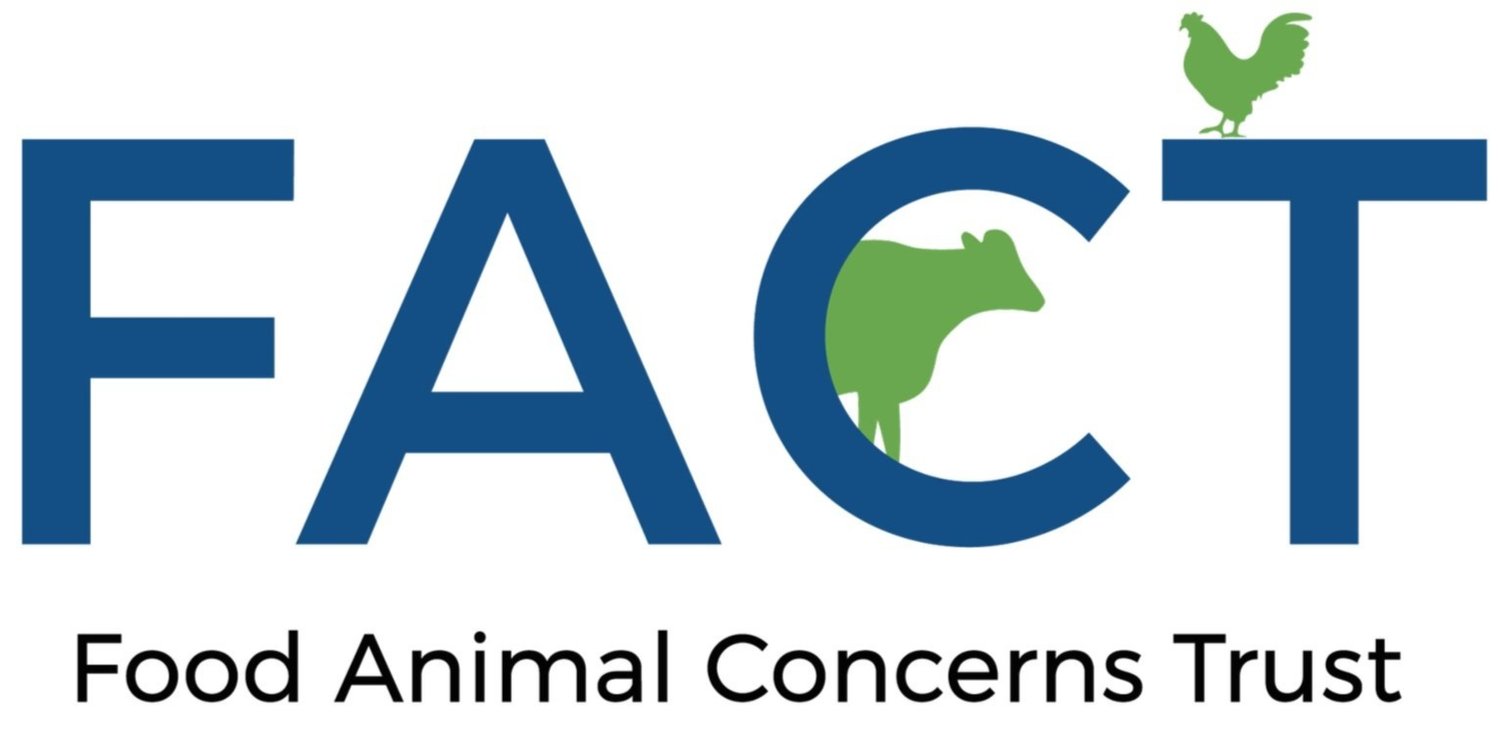Farmworkers Rights Need to be Improved
By Charlotte Isles, Development and Communications Coordinator
We hope that you enjoyed the Labor Day weekend which is often seen as a holiday to mark the end of summer. However, Labor Day has its roots in the labor movement, when in 1894, President Grover Cleveland signed a law that the first Monday in September would be a national holiday for workers.
Today, the labor movement is still facing similar issues as it did in the 19th century, and while this year there has been progress across many sectors, conditions for farmworkers seem to be getting worse. Advocating for farmworkers' rights is part of FACT’s mission as farming still relies heavily on human labor. In our post today we will take a look at a couple of the issues farmworkers are currently facing.
Climate Change
This summer, climate change has been making headlines across the world, from hurricanes, flooding, extreme wildfires, and the resulting air pollution causing misery for many people. Often forgotten about are people working in the farming industry. We recently published a blog post from a farmer in our community, Alexandria Maranda from Hen and Harvest Farm in the San Joaquin Valley in California. She battles multiple days in a row over 100 degrees, combined with drought, dust, pollution, and increasing soil degradation.
In a very precarious position are U.S. farmworkers who often have no official laws or resources to protect them against the heat, and in states where there are laws, they are often not enforced. Extreme heat exposure can cause serious health consequences and fatalities as well as smoke exposure from evermore frequent wildfires. Often these farmworkers have left their home countries because of problems made worse by climate change. Research has shown that farmworkers are 20 times more likely to die of heat-related causes compared to other professionals and spend an average of 21 dangerously hot days outside which is likely to increase due to climate change. You can read more in our Climate Change Position Paper.
Conditions on Factory Farms
Unhealthy conditions on factory farms are bad for both animals and farmworkers. As well as suffering from chronic aches and pains and respiratory disorders, they are also at greater risk from infections including resistant infections. Farmworkers are 15 times as likely to carry the antibiotic-resistant superbug, mRSA, and workers on cattle feedlots have 12 times the risk.
Animals in these giant factory farms are pumped full of antibiotics which are administered in their feed or water. The end result is a lot of antibiotic-resistant superbugs. As well as livestock workers having a greater risk of resistant infections, they also have less access to resources to protect their health which compounds the problem. One of our blog posts talks about this in more detail.
2023 Farm Bill
As you are most likely aware the 2023 Farm Bill is coming up this month. Farmworkers and advocates see getting labor-related provisions into the farm bill as an opportunity to change the long-standing policies that prioritize profits for landowners and food companies at the expense of workers and consumers, however, negotiations on this are likely to be anything but smooth.
At FACT we believe that sustainable food must be produced in a way that takes not only the environment and consumers into account but also the people who grow, harvest, and produce it. The ineffectiveness and complacency of state and federal regulatory agencies have allowed the industry to exploit workers with little or no threat of punishment, and we believe that this has to change.

